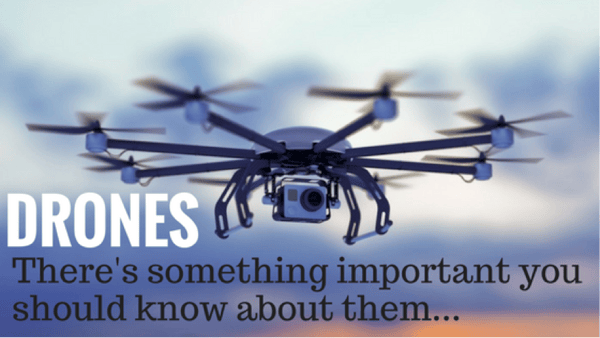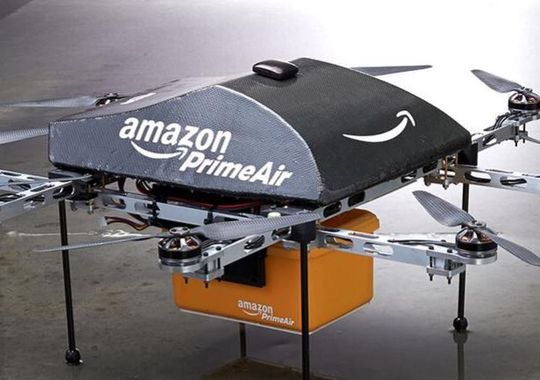
Drones have become a hot topic in the news lately. Whether it’s a drone gone wild landing on the white house lawn, or Amazon’s plan to develop drone highways for delivery, this new technology has consumers and regulators buzzing.
So what is exactly is a drone? According to Elizabeth Howell at Space.com, “a drone refers to an unpiloted aircraft or spacecraft.” Margaret Rouse from IOT Agenda termed a drone as “a flying robot.”
Drones have been used by the military for almost as long as airplanes have, but it’s not until recently that drones have become popular in the recreational and commercial markets.
Robert Ferris of CNN cited the Consumer Electronics Association stating that in 2015 “drone sales in the United States [were] expected to total $105 million” with the expectation that “700,000 drones would be sold” by the end of the year.
With all of these drones entering the marketplace, it’s no wonder the Federal Aviation Administration is going a bit crazy, especially since, as Margot Kaminki points out, the “accessibility [to the technology] is evolving faster than regulation.”
Incidents of out of control drones landing on the white house lawn or interfering with firefighter’s planes encourage the FAA to increase regulation, but the commercial possibilities create a tension with this proposed regulation.
Amazon has released plans to essentially create a drone highway that it, along with other companies, can use to deliver products via drone. “Prime Air” as the service would be called, “could reduce the cost of using drivers for door-to-door service” and deliver products “to customers in 30 minutes or less.”
While this does open up vast possibilities for the commercial market, the recreational market would severely suffer if Amazon’s plan is put into place. Elevation regulations would limit recreational flying to below 200 feet.

But drone deliveries present a different kind of problem – who’s to stop the people who look up and say “ooh, I wonder what’s in there” and shoot the drone down to take a look inside?
Recreationally, drones are often used for drone based photography, but “other applications include drone surveillance and drone journalism” because of the capability of drones to survey unsafe areas.
Recreational regulations are still in the making, so if you’re in the market for a drone, it’s best to be in the know. No longer “toys,” drones are considered unmanned aircraft and the FAA drone regulations require all operators to be aware of airspace laws and regulations – which requires a valid pilot’s license.
Once you’ve got your license, be sure never to let your drone out of sight or fly it above 400 feet or at night.

-1.png)

